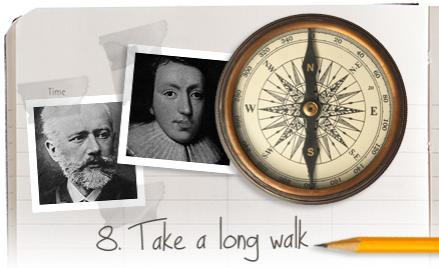So back to our regular foursome for Sunday morning tennis, two great hours and again a wonderful way to start the day..I then came home and watched the Canadian junior hockey team beat the USA 3-2 in the Under 18 Championship.
Had to go and try out my new lounge chairs for an hour!
So comfortable I had a snooze!!!
These chairs are from my Ramona days!!
The roof top will have to wait a few months till I figure out what to do up there.
I then found out that the good folks who live one block away have agreed to rent me their garage space for Little Bluey
It will be nice to get her off the street and covered and the cost per month is very reasonable at 425 pesos…so it will great to have her close by for the odd times that I use her.
Now the problem was that Little Bluey is at L & G’s casa and if I went there on the scooter the scooter would be left there so I took the bus.
I walked to the end of the street waited about 5 minutes and the local bus came along I paid my 5 pesos fare and it took me to the big grocery store Mega and from here it was about a 30 minute walk to the house.
I then on the way home stopped at Mega at bought some groceries…amazing how the time goes by I have just had supper and it is almost 8pm and time for my evening bath.
Not a busy day but a nice one…
After reading my blog yesterday Carol sent this to me thanks!!!

In 1885, Pyotr Ilich Tchaikovsky rented a cottage in a small village some 50 miles northwest of Moscow. After years of restless wandering through Europe, the 45-year-old composer found his new living arrangement a wonderful relief. “What a joy to be in my own home!” he wrote to his patroness. “What a bliss to know that no one will come to interfere with my work, my reading, my walks.”
Those walks were especially important. Before sitting down to work in the morning, Tchaikovsky took a short stroll, lasting no more than 45 minutes. Then, after lunch, regardless of the weather, he went out again. Tchaikovsky's brother later wrote, “Somewhere at sometime he had discovered that a man needs a two-hour walk for his health, and his observance of this rule was pedantic and superstitious, as though if he returned five minutes early he would fall ill, and unbelievable misfortunes of some sort would ensue.”
Tchaikovsky’s superstition may have been justified—his walks were essential to his creativity, and he often stopped to jot down ideas that he would develop later at the piano. But then this is true of the majority of the composers in my Daily Rituals book—most of them required a long (and sometimes very long) daily walk to keep the ideas flowing.
Beethoven went for a vigorous walk after lunch, and he always carried a pencil and a couple of sheets of paper in his pocket, to record chance musical thoughts. Gustav Mahler followed much the same routine—he would take a three- or four-hour walk after lunch, stopping to jot down ideas in his notebook. Benjamin Britten said that his afternoon walks were "where I plan out what I’m going to write in the next period at my desk." Working outside of Paris in 1971, Morton Feldman described his routine: "I get up at six in the morning. I compose until eleven, then my day is over. I go out, I walk, tirelessly, for hours."
But the most extreme example is the French composer Erik Satie, who each morning would walk from his home in a Paris suburb to the city's Montmartre district, a distance of about 6 miles. There he would visit friends, work on his compositions in cafés, eat dinner, and go out drinking—often missing the last train home, in which case he would walk back again, slipping into bed just before sunrise (and then getting up and walking back a few hours later). The scholar Roger Shattuck once proposed that Satie’s unique sense of musical beat, and his appreciation of “the possibility of variation within repetition,” could be traced to this “endless walking back and forth across the same landscape day after day.”
Advertisement
Of course, it is not just composers who take long walks. Søren Kierkegaard had his best ideas during his daily walks, and sometimes he would be in such a hurry to get them down that, returning home, he would write standing up before his desk, still wearing his hat and gripping his walking stick or umbrella. Immanuel Kant took a walk every afternoon at precisely 3:30. Milton walked up and down his garden most afternoons, for three or four hours. And, according to one biographer, "If it rained, he would swing himself to and fro in a seat suspended from the ceiling, pulling on a rope."
Most artists prefer a solitary walk, but I ran across some figures who enjoyed company. Mahler liked to drag his wife along on his afternoon hikes. Ludwig Wittgenstein would ask a close associate to accompany him on his walks. “A walk with Wittgenstein was very exhausting,” wrote Norman Malcolm, in a memoir of his friendship with the philosopher:
“Whatever we talked about, he turned his mind to it with great seriousness and intensity, and it was a formidable strain on me to keep up with his thoughts. He would walk in spurts, sometimes coming to a stop while he made some emphatic remark and looking into my eyes with his piercing gaze. Then he would walk rapidly for a few yards, then slow down, then speed up or come to a halt, and so on. And this uncertain ambulation was conjoined with the most exacting conversation!”
Yashi Koshi!!






No comments:
Post a Comment